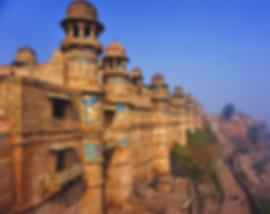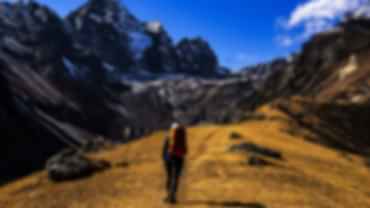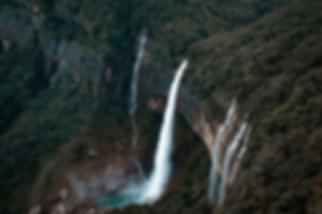These rain forests in India are sure to leave the traveller mesmerised
Author
Shrinivas
Date of Publishing
July 27, 2023
Read
7 minutes
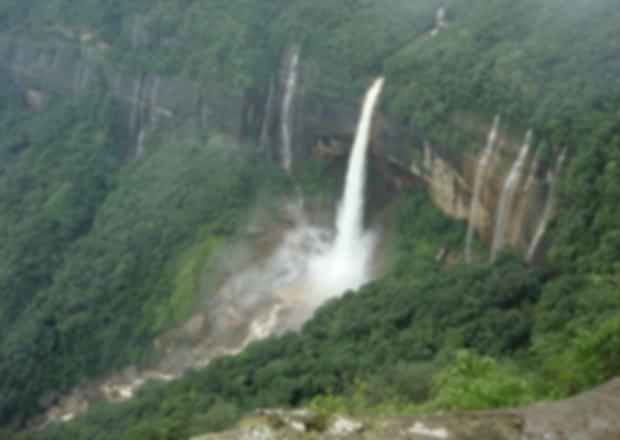
Travellers are fortunate enough to encounter several rainforests in India with a large landmass. Explore some of the finest flora and fauna are intensely hidden in the thick jungles of Andaman, Assam, and the Western Ghats.

Assam, Northeast
An evergreen tropical forest can be located in all areas of India. Either in the far-eastern Gulf of Thailand or in the western coastal states of Karnataka or Maharashtra, the world has been endowed with much fertility by mother nature. Another reality that nature lovers ought to bear in mind is that going to a rainforest during varying times of time has various benefits.
Best Time To Visit Rain Forests In India
The dry season usually opens up more possibilities for lovers of cycling, as the routes are easily demarcated owing to the prevalent dry climate. The hikes become quick when the forest’s sometimes dusty ground absolutely dries out. The biodiversity is easily noticeable to visitors and the only problem may be the searingly high temperatures.
Whereas on the other hand, the rainy season offers us a chance to see a number of endangered birds and animal types waiting eagerly for their year-long opportunity. Besides that, the idea of a lush-green paradise can only be understood if a traveller sees a forest after a few rainy days.
Top Rain Forests in India
Andaman and Nicobar Islands
Andaman and Nicobar Islands are host to some of India ‘s richest and prettiest Tropical Rainforests. Boasting a large range of varieties of flora and fauna, the forests also offer excellent resources for camping and trekking. Visited by a huge number of animal tourists and nature lovers from around the globe, the woods are seeing a significant visitor footfall. The most remarkable aspect about these woods is that they are home to some of the most diverse and endangered varieties of plants and animals that moved from neighbouring countries such as Myanmar, Thailand, and Bangladesh etc.
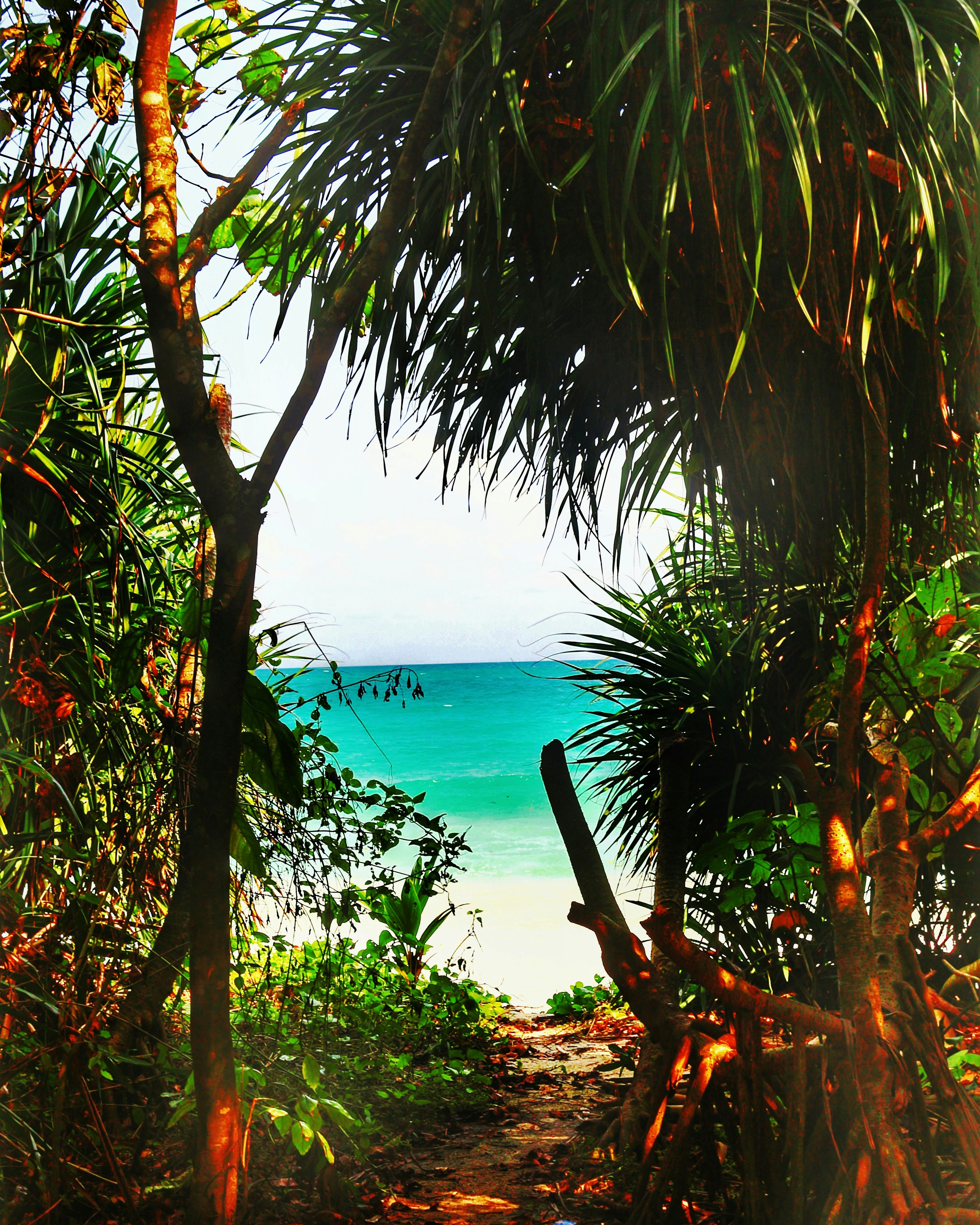
HAvelock Beach Andaman
84.4 per cent of Andaman Islands are protected by trees, according to the Status of Forest Report (2003), released by Forest Survey of India. The Andaman Islands boasts 12 distinct forest varieties. Many of them being littoral forests, evergreen forests of Andaman tropics, semi-evergreen forests of Andaman, wet deciduous forests of Andaman etc.
Fauna present in these woods was dominated by the Indo-Chinese and Indo-Malayan fauna. Large mammals are not seen and, owing to geographical isolation, endangered animals (the animals found only in one area and not somewhere else) are large in size.
Brahmaputra Valley Semi-Evergreen Forests
The northeastern area is renowned for some of India’s finest and densest tropical rainforests that are now untouched by the human population and uninfluenced by marketing. While these forests are mostly clustered in the region of Northern Assam, some patches can still be found in the neighbouring areas of Nagaland, Manipur, Mizoram, and Tripura etc. These woods are located on low hills, with an overall height of around 900 metres. Rhesus Macaque, Pig-tailed Macaque, Assamese Macaque, Slow Loris capped Langurs, Wild Elephants, Stam-tailed Macaque and Hoolock Gibbons etc. are among the most common flora and fauna species found in the area.
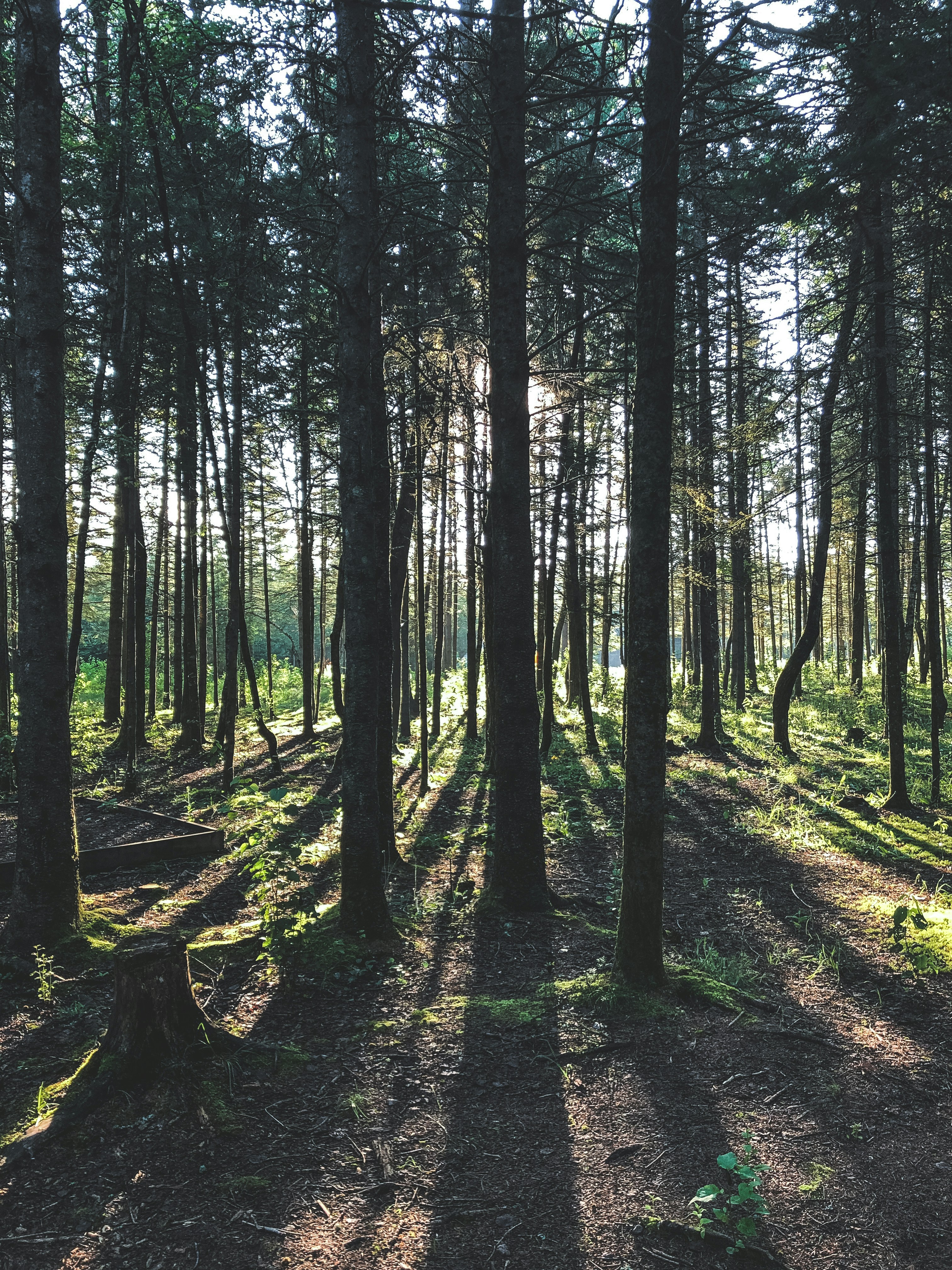
Assam
These forests are seen mainly in the state of Assam and parts of West Bengal, Arunachal Pradesh and Nagaland. Such woods are considered one of the most important areas of India because of the availability of alluvial land. Brahmaputra Valley’s ecology is dominated by Indo-Malayan forest flora and fauna. Some biodiversity features are restricted to one of the mighty banks of the Brahmaputra River. For eg, in the north bank, there are golden langur, hispid hare, while hoolock gibbon and stump-tailed macaque are present only in the southern banks. As this area is settled, people are turning the woodland regions into grasslands and agricultural lands.
North Western Ghats Moist Deciduous Forests
Tropical Rainforests in the Western Ghats, covering a total region of 30,000 square km, are considered to be one of the most extensive beginnings at Southwest Maharashtra and heading up to Karnataka in South India. The wood, which boasts diverse and varied biodiversity, is home to some 1100 species of animals of which elephants have the largest population.
These woods cover the montane rainforests, and high in these areas is the population of both large prey and predators. They exist in the Maharashtra and Karnataka regions. Like the two trees above, those of Indo-Malayan heritage affect the flora and fauna of these areas. These woods have their roots in Gondwana, i.e. the Deccan plate was separated from the island of Gondwana and added during the Cretaceous era to Eurasia. Compared with the moist deciduous forests of the South-West Ghats, moist deciduous forests of the North-Western Ghats are not well observed.
Odisha Semi-Evergreen Forests
These forests are neither endangered high nor an ecoregion rich in biodiversity. Yet huge vertebrates including Tiger, Elephant, Gaur are home in these woods. It still has roots from Gondwana land and therefore an ancient biota occurs in those forests.
South Western Ghats Moist Deciduous Forests
Those woods in the Deccan peninsula are the most endangered and species-rich ecoregion. Such lands are populated by big animals such as Tiger, Lion, Gaur. These deciduous trees are typical for grasslands and areas of Shola woods. The flower named Neelakurunji once every 12 years paints the mountains every blue and is a joy to the eyes.

Evergreen forest
Such woods are found in the southern portion of the Western Ghats, in the Tamil Nadu and Kerala regions. Unlike the 4 tropical forests above, only this one was a part of Gondwana Forest. The rainfall across various seasons is somewhere from 250-800 cm. Because of this, ecosystems differ and high endemicity is seen. Such woodland flora includes Mesua ferrea, Palaquium ellipticum, Gluta travancorica, and Podocarpus wallichiana, Calophyllum austroindicum, Garcinia rubro-echinata, Garcinia travancorica, Diospyros barberi, Memecylon subramanii, among others.
Plan your trip with Pickyourtrail
Looking for international tour packages? Whilst getting ready for your trip isn’t rocket science, having a trusted travel partner can be another advantage. Pickyourtrail not only ensures quick and trouble-free travel but also keeps the cost-efficiency under control. It has a wide range to offer to start with custom itineraries to having all travel needs in one place. To know more, sign in to pickyourtrail.com.
Explore various international packages
International Tour Packages from Bengaluru | International Tour Packages from Chennai | International Tour Packages from Delhi | International Tour Packages from Ahmedabad | International Tour Packages from Mumbai | International Tour Packages from Hyderabad
Indian Tourism Useful Resources
Andhra Pradesh Tourism | Uttarakhand Tourism | Sikkim Tourism | Andaman Nicobar Tourism | Rajasthan Tourism | Goa Tourism | Lakshadweep Tourism | Telangana Tourism | Meghalaya Tourism | Kashmir Tourism
Places to Visit Useful Resources
Places to Visit in Uttarakhand | Places to Visit in Goa | Places to Visit in Kashmir | Places to Visit in Rajasthan| Places to Visit in Sikkim | Places to Visit in Andaman Nicobar | Places to Visit in Meghalaya | Places to Visit in Andhra Pradesh | Places to Visit in Lakshadweep | Places to Visit in Telangana
Things to do Useful Resources
Things to do in Goa | Things to do in Andaman Nicobar | Things to do in Kashmir | Things to do in Lakshadweep | Things to do in Sikkim | Things to do in Meghalaya | Things to do in Rajasthan | Things to do in Uttarakhand | Things to do in Andhra Pradesh | Things to do in Telangana
Best Time to Visit Useful Resources
Best Time to Visit Kashmir | Best Time to Visit Andaman Nicobar | Best Time to Visit Goa | Best Time to Visit Sikkim | Best Time to Visit Rajasthan | Best Time to Visit Lakshadweep | Best Time to Visit Meghalaya | Best Time to Visit Uttarakhand | Best Time to Visit Andhra Pradesh | Best Time to Visit Telangana
Recommended articles for you
Discover Packages










